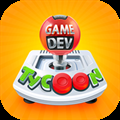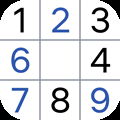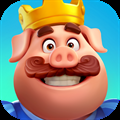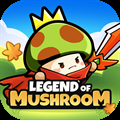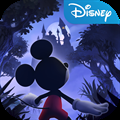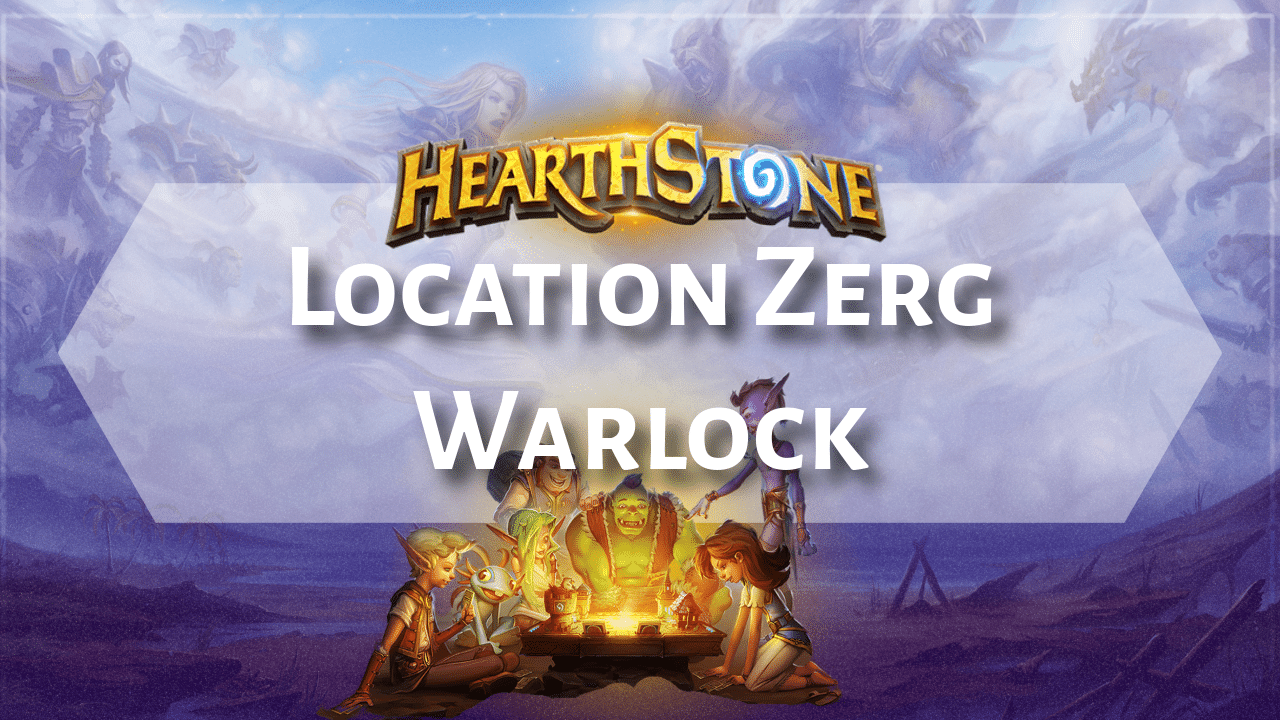
Hearthstone Location Zerg Warlock Introduction
Hearthstone Location Zerg Warlock is a synergistic deck built around rapidly playing multiple location cards to activate powerful effects and dramatically reduce the cost of Seaside Giants. The core strategy involves emptying your location slots as quickly as possible, enabling you to flood the board with massive giants at little or no mana cost. A central component of the deck is Ultralisk Cavern, a location that, upon expiring, summons an 8/8 Rush minion.
This effect can be multiplied through synergy cards like Summoner Darkmarrow and Scrapbooking Student, which reuse or copy the deathrattle of Ultralisk Cavern, allowing the Warlock to generate several high-impact threats in quick succession. While the deck’s identity leans heavily into aggression via cheap, oversized minions, it can also integrate elements of control or take inspiration from “Wheel Warlock” archetypes in certain builds.
Nevertheless, its primary goal remains to dominate the board through relentless pressure. The deck is regarded as a top-tier choice for climbing the ladder efficiently, with many players noting its capacity to reach Legend quickly and consistently. Thanks to its ability to summon large minions early and in multiples, playing Hearthstone Location Zerg Warlock evokes the nostalgic feeling of classic Handlock, where sheer board presence and high-statted threats defined the game’s outcome.
Hearthstone Location Zerg WarlockKey Cards and Synergies
The Hearthstone Location Zerg Warlock deck centers around maximizing the power of locations to enable fast and overwhelming board development. Each location serves a specific role, with Spawning Pool acting as a low-cost enabler that summons 1/1 Zerglings and grants them Rush upon expiration. This not only fuels aggressive openings but also contributes significantly to reducing the cost of Seaside Giant, which becomes cheaper by two for every location played.
When hitting double Spawning Pool early, players can rapidly discount Seaside Giant and deploy massive threats by turn four or five. Ultralisk Cavern is a cornerstone of the deck, dealing one damage to all enemies and summoning an 8/8 Rush minion upon expiration. This effect can be activated early with Consume and duplicated through Summoner Darkmarrow and Scrapbooking Student, resulting in a board flooded with 8/8s. Forge of Wills complements this by copying friendly Rush minions, especially the 8/8s, amplifying the deck’s ability to build pressure. Horizon’s Edge shines when paired with Spawning Pool, enabling a loop of Rush Zerglings and location reuse to chip away at enemy minions and deal damage over multiple turns.
The minion lineup supports this strategy by either enabling synergy or serving as major threats. Seaside Giant is the primary payoff, often hitting the board for zero mana after a flurry of locations. Zergling tokens not only apply early pressure but also build corpse value and fuel Horizon’s Edge. Spinecrawler, a 2-mana 4/6 with Taunt when a location is in play, is a powerful tempo tool, especially when supported by Spawning Pool.
Rotheart Dryad plays a critical role in consistency by tutoring key cards like Seaside Giant and Ceaseless Expanse, and when played after Summoner Darkmarrow, it immediately dies and draws minions, enabling powerful turns. Summoner Darkmarrow is both an enabler and win condition, allowing you to double up on Ultralisk Cavern’s deathrattle for massive board swings.
The spell and hero card package ties the deck together. Consume offers healing and accelerates Ultralisk Cavern triggers but does not count toward Seaside Giant discounts. It’s best used when paired with Ultralisk Cavern already in play. Carrie’n, Queen of Blades serves as a potent late-game finisher, delivering AoE damage and summoning minions, with a hero power that scales based on the number of Zerg minions on board. Soul Searching, accessed via Summoner Darkmarrow, can be used to discover more locations and enable further combos. Ceaseless Expanse, a zero-cost spell, provides surprise board presence or lethal opportunities and can be found via Rotheart Dryad.
Together, these components form a fast-paced, synergy-heavy deck that rewards smart sequencing and aggressive board development. Mastery of location timing and deathrattle abuse through Darkmarrow and Scrapbooking Student can lead to explosive turns that overwhelm opponents before they can stabilize.
Hearthstone Location Zerg WarlockMulligan Guide
When mulliganing for Hearthstone Location Zerg Warlock, the primary objective is to secure a strong early-game curve with low-cost Zerg minions and locations. These cards allow you to establish early board control, activate synergies, and begin discounting Seaside Giants as soon as possible. Spawning Pool is a top-priority keep, offering immediate board presence and long-term value through Zergling generation and the Rush effect upon expiration.
Ultralisk Cavern is another essential keep, providing a massive payoff later through its deathrattle, especially when combined with effects like Consume or Summoner Darkmarrow. Nidus Worm plays a pivotal role in drawing into additional locations or your hero card, accelerating your game plan while contributing to Seaside Giant discounts. Rotheart Dryad is a strong early play as well, offering consistent tutoring of crucial cards like Seaside Giant or Ceaseless Expanse.
Some cards are worth keeping under specific conditions. Consume can be a strong early play but only if paired with Ultralisk Cavern, enabling a turn-four 8/8 Rush minion. Forge of Wills becomes more viable if you’re on the Coin and already have locations in hand, offering explosive turns when copying large Rush minions.
Seaside Giant is usually not a keep unless you’re on the Coin and already have early-game support to discount it quickly. Horizon’s Edge can be considered if your hand already contains a Giant and two other locations, setting up potential chip damage loops with Rush Zerglings. Soul Searching, accessed through Summoner Darkmarrow, may be kept if you have Spawning Pool, as it builds corpse value and increases your chances of finding additional Ultralisk Caverns.
Avoid keeping high-cost cards in the mulligan, as they slow down your early turns. Discard hands that contain too many locations without low-cost Zergs to activate them. Early board control is critical to maintaining tempo and ensuring your location synergies come online in time to support discounted Giants and aggressive board development.
Hearthstone Location Zerg WarlockGameplay Strategy
In the early game (turns 1–3), your priority with Hearthstone Location Zerg Warlock is to establish tempo through low-cost plays that enable your core synergies. Begin by deploying locations like Spawning Pool and Ultralisk Cavern as soon as possible to start building toward Seaside Giant cost reduction. Spawning Pool generates Zergling tokens, which can contest the board early and gain Rush when the Pool expires, enabling efficient trades. Zergling itself contributes both to board presence and corpse generation. If you have The Coin, consider using it to play Ultralisk Cavern on turn one, which starts its countdown earlier and sets up a strong board swing with its 8/8 Rush deathrattle.
During the mid-game (turns 4–7), the deck comes online with its explosive potential. You’ll often have Seaside Giants reduced to zero or near-zero mana by this point, allowing you to flood the board with massive minions. Cards like Consume can be paired with an expiring Ultralisk Cavern to summon an early 8/8 Rush, swinging tempo heavily in your favor. Forge of Wills can then be used to copy these large Rush minions or even Seaside Giants themselves, compounding your board pressure. Throughout this phase, it’s important to prioritize card draw effects early in the turn to inform your sequencing and ensure the most efficient use of your resources.
In the late game (turn 8 and beyond), Carrie’n, Queen of Blades becomes your central win condition. Her battlecry delivers wide board damage and summons two 3/2 Brood Queens, while her hero power scales with the number of Zerg minions you control, offering repeatable, efficient face damage. Against control decks, maintain pressure by deploying threats gradually rather than all at once to avoid overcommitting into board clears.
Ceaseless Expanse becomes a valuable tool at this stage, offering random minion generation to rebuild after a wipe or to swing the board in your favor. When combined with Carrie’n’s hero power or leftover minions, it can contribute to unexpected lethal pushes. Your goal is to exhaust your opponent’s responses and close the game with persistent board presence and hero power pressure.
Hearthstone Location Zerg WarlockWin Conditions
The core strategy of Hearthstone Location Zerg Warlock revolves around overwhelming your opponent with cheap, massive minions. By consistently playing Seaside Giants that are heavily discounted in the early to mid-game, you can create a board state that becomes difficult for your opponent to deal with, often leading to a swift victory. Early aggression is crucial, especially when leveraging the Consume + Ultralisk Cavern combination. This synergy allows you to summon powerful 8/8 Rush minions as early as turn three or four, putting significant pressure on your opponent and potentially closing out the game before they can develop their own strategy.
In the mid-game, the deck bursts into action with Forge of Wills, which lets you copy your Seaside Giants or the 8/8 Rush minions from Ultralisk Cavern. This leads to explosive turns where you flood the board with high-stat threats that your opponent struggles to control. As the game progresses into the late-game, Carrie’n, Queen of Blades becomes a key win condition. Her battlecry offers immediate board impact by dealing damage and summoning Brood Queens, while her hero power provides consistent damage, especially when you have Zergling tokens. This, combined with the value generated by her summons, allows Carrie’n to provide both direct damage and board presence, ultimately securing the win.
Hearthstone Location Zerg WarlockVariations and Tech Cards
Some variations of Hearthstone Location Zerg Warlock include a Death Knight package, which often features Soul Searching. This card can be accessed through Summoner Darkmarrow, allowing you to tutor additional location cards, which is crucial for ramping up your location synergies and ensuring you can summon your powerful Seaside Giants as quickly as possible. Another potential addition is the ETC (Elite Tauren Chieftain) package, where some decks experiment with tech cards or additional win conditions. While incorporating Wheel of Death into ETC is not universally favored, the inclusion of ETC could provide additional strategic depth depending on the meta, with specific card choices varying based on current trends.
In terms of tech cards, there are several useful options to consider. Glacial Shard can be added to counter weapon-based decks, like Rogue, or to stall against large minions temporarily, giving you more time to set up your strategy. Reverberations serves to disrupt opponents’ powerful minions or Titans by creating a temporary copy, potentially removing buffs or denying impactful effects.
Loyal Librarians are particularly effective against Demon Hunter in the Diamond through Legend ranks, helping to counter their aggressive strategies. Travel Agent provides versatility by discovering additional location cards, allowing you to adapt to different situations and possibly find game-changing locations. Lastly, Grifta offers the ability to steal an opponent’s minion for a turn, which can be used to remove a significant threat, deal extra damage, or disrupt your opponent’s game plan. These tech options give the deck flexibility and the ability to adjust to various opponents and strategies.
Hearthstone Location Zerg WarlockMatchup Analysis
Hearthstone Location Zerg Warlock generally performs well against a wide variety of decks in the current meta, but there are certain matchups where it may struggle. One notably difficult matchup is against Zerg Death Knight, which can outvalue or outtempo the deck with its synergy-heavy plays. Ramp Druid, also known as “Dad Druid,” presents a challenging encounter due to its ability to ramp up quickly and overwhelm the board with large threats.
Protoss Mage can be tough due to their potential for early aggression and removal, which can disrupt the deck’s strategy of building up large threats. Weapon Rogue is another potentially unfavorable matchup, as their burst potential and removal options can easily dismantle your board. Similarly, Titan Warrior poses a challenge with its powerful late-game cards, making it difficult for the Hearthstone Location Zerg Warlock to maintain control. Grunter Hunter, with its aggressive playstyle, can also be a tough opponent to face.
However, Hearthstone Location Zerg Warlock is typically strong against Hunter archetypes, where the deck can often dominate due to its ability to flood the board with powerful threats and overwhelm the opponent. The deck also fares well against many other popular meta decks, making it a solid choice in the current landscape. In terms of even matchups, Shaman is generally considered a 50/50 encounter, where both decks have strong potential but can struggle depending on draw order and strategy. It is important to remember that matchup data can vary depending on the tracking platform used, and these analyses often reflect the complexities and fluid nature of the meta.
Hearthstone Location Zerg WarlockTips and Tricks
When playing Hearthstone Location Zerg Warlock, managing your hand size is crucial, especially when using card draw effects from cards like Nidus Worm or the recurring Zerglings from Spawning Pool, as overdrawing can lead to losing valuable cards. Be strategic with your location plays, ensuring you maximize the cost reduction of your Seaside Giants by carefully considering the order in which you play your locations to achieve the fastest discounts.
Also, think about the timing of Consume on Ultralisk Cavern; decide whether you need the immediate 8 health or if it’s better to wait for the natural expiry to set up a more powerful board with Summoner Darkmarrow later. Remember, Consume doesn’t help with reducing the cost of Seaside Giants—only playing locations triggers their discount.
When using Forge of Wills, keep in mind it temporarily occupies a board slot, so plan your subsequent plays carefully to ensure you have enough space for the copied minion and any other cards you want to play. Against decks with disruptive cards like Mutanus the Devourer, consider spacing out your key minions rather than playing them all at once to avoid losing multiple threats to a single activation. You can even use Domino Effect on your own minions in response to Mutanus to protect key cards. Additionally, hero power should be used efficiently, especially in the early to mid-game, to cycle through your deck and find key cards like locations, Seaside Giants, and Ultralisk Caverns.
Look for opportunities to leverage the powerful synergy between Summoner Darkmarrow and Ultralisk Cavern, setting up double or even quadruple deathrattle triggers (with Scrapbooking Student) to flood the board with 8/8 Rush minions for explosive turns. In longer games, especially against control decks, it’s often more effective to spread out your threats to avoid over-committing to the board, making it harder for your opponent to clear everything at once.
Always be mindful of your opponent’s potential board clears, which can vary depending on their class and the current meta. For example, classes with strong AoE (area-of-effect) removal like Mage or Shaman can make committing too many minions to the board risky. This awareness will help you determine when to spread out your threats or when it’s better to hold back a few key minions.
Additionally, practicing proper sequencing is crucial for maximizing your plays. Always aim to draw cards before playing others to ensure you have the most up-to-date information, allowing you to make more informed decisions, especially when planning combos or responding to threats. This will help you avoid mistakes and better control the flow of the game.




